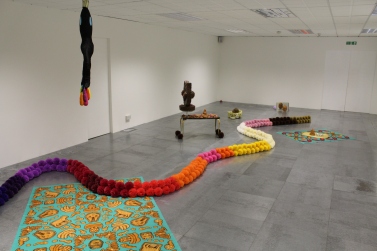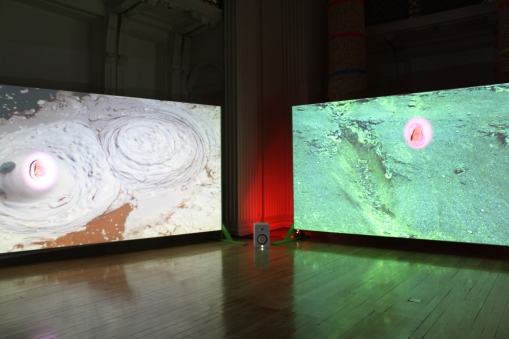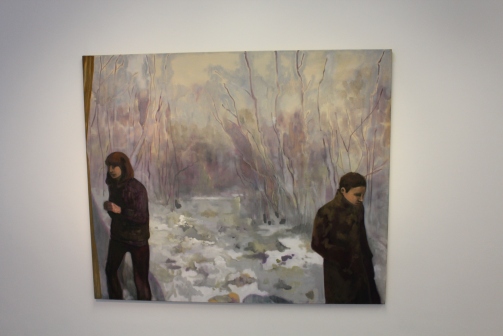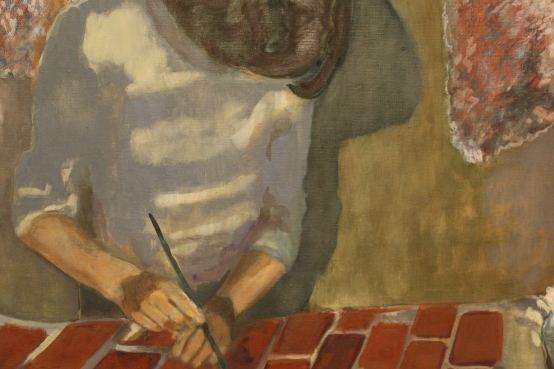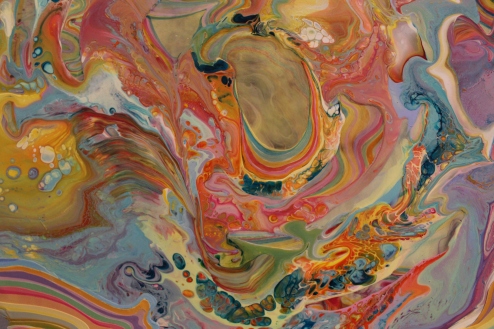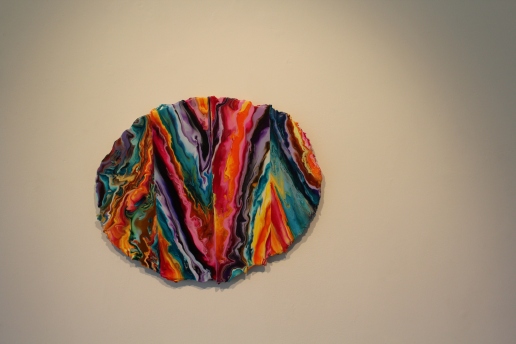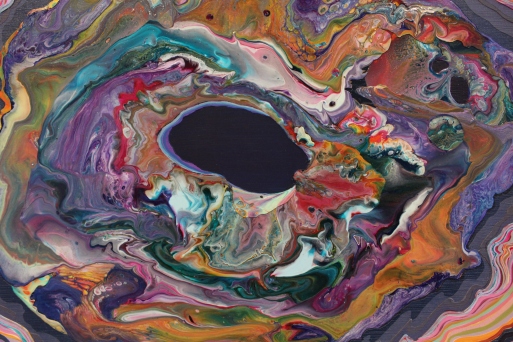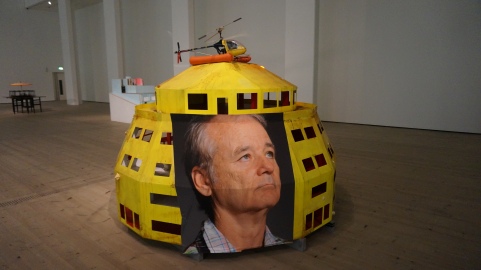
‘Vinyl Icons: Persian Pop and Turkish Psychedelia’ is a unique exhibition unlike anything I’ve seen in Newcastle before, despite having lived here for almost three years now. This show perfectly encapsulates what contemporary art represents. It is about making art in the present and using this as a platform to reflect and comment on the world around us. The strength of this show lies in its explorations of history; the revolution in Iran and how an oppressive regime followed, forcing artists and musicians to close shop and adapt to more censored ways of working. Yet throughout the show this historical narrative is not overly explicit and loud in its protest, but instead it is subtle and sophisticated. Snapshots of the world and stories of the past come through in the objects, in the travelling and collection process that has been carried out.

One of the things I love most about this exhibition is it creates a real sense of the nomadic lifestyle. The evidence of travelling to far flung places and finding hidden gems is entirely present throughout. It makes me want to be more imaginative with my findings. I am a sentimental person in the sense that I have an old shoe box filled with my special moments. The box contains what would be considered throwaway items to most people, such as a cinema ticket or a used stamp, but for me these little things hold precious memories. My box contains items such as concert tickets, doodles done on restaurant napkins, brooches, Kinder Egg toys, clothes labels, cards I’ve been sent, photographs, plastic and childish rings, the list goes on. Now, some people may consider that junk and to an extent I suppose it is, but each of those items retains a precious moment for me; a good time where I was laughing with my siblings or joking with my boyfriend. Through items we capture and record life and ‘Vinyl Icons: Persian Pop and Turkish Psychedelia’is the perfect example of this.

Having lived and travelled a lot throughout my life, it’s fair to say I have my fair share of collected exotic items. Little marble statues from India, patterned scarves from Kenya, silver rings from Oman, postcards from all over Scotland. These items are the little jigsaw pieces that come together to document my life and where I’ve been. I love the surprise of going into an old handbag pocket and finding within it a keyring I picked up on my travels. Much like curator Sara Makari-Aghdam, I find stories in the items we keep and I think that is why I love this exhibition so much, because I can truly relate to it. Sara discovered her father’s old cassette collection of Persian pop music years ago and it has fueled and inspired this show. What I find most intriguing about objects is their own personal journey; if it’s a vintage dress who owned it before it was procured? What kind of occassions was it worn to? Was the person told by their lover that they look lovely? Looking at old items, all these questions come flooding to my mind. Through objects a strong sense of presence comes through and in ‘Vinyl Icons: Persian Pop and Turkish Psychedelia’, this presence is excitedly overwhelming.








